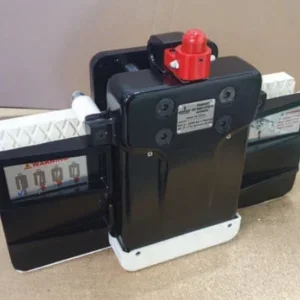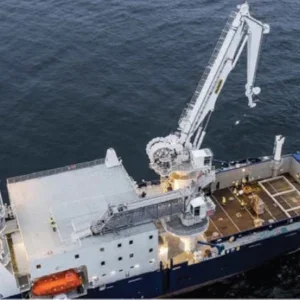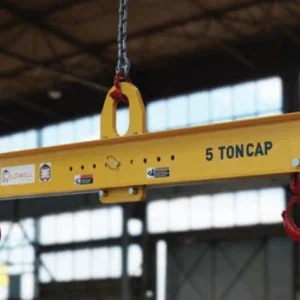The main appeal of vacuum lifting is damage-free handling of thin material, while many users also opt for this type of system when working with heavy or thick, nonferrous material that doesn’t work with magnets – envisage a large, aluminium plate, sheet of copper or a slab of polished stone.
There are two main types of hook-suspended vacuum lifter: powered or mechanical.
The vacuum concept has been in the material handling industry since the 1960s, but mechanical tooling is a more recent innovation. There isn’t a huge difference from a manufacturing perspective – we ‘add’ a power pack at the end of the process to make it a powered vacuum. The frame below the power pack is sized for the material and then the pack gets ‘plugged’ into the top, which includes the lifting eye.
There are some misconceptions over price points in the vacuum market to the extent that it is considered a sticky subject by many manufacturers. While it’s true that mechanical vacuums require more machining time, the labour costs between both types ends up being similar.
The components are largely the same too, but the mechanical version uses physics – the up/down motion of a hoist – to create a vacuum chamber, whereas the powered hook-mounted version has the power pack described.
POWER
Some hook-suspended versions require power because something must generate the air flow to evacuate the air. The word ‘power’ is deceiving in this case because people generally think of electricity when they hear that word.
Vacuum pumps are often driven by electric motors, but there are other ways to drive a pump or to create a vacuum, such as compressed air, battery, gasoline, or even propane.
The beauty of mechanical vacuum lifters is that they don’t require a source to drive a pump, even up to capacities of 5,000lb. Of course, it is important to size a mechanical vacuum lifter correctly, with a chamber that isn’t too large or too small. We prefer to know the minimum and maximum dimensions of the product being lifted and we will size it accordingly. It isn’t really a below-the-hook product sector that’s widely customised, so it’s more often a case of selecting from a standard range.
Another standout benefit of removing the external hoses or cables associated with hook-suspended equipment, is transportation. Users can carry mechanical lifters around by forklift truck, for example, without worrying about ancillary power equipment getting in the way.
This is especially useful for users that move their lifters around from one workstation to another, which is very common practice with this type of tooling or equipment. At each of those stations, no air or electricity is required so the lifter can get straight to work and be moved on again.






